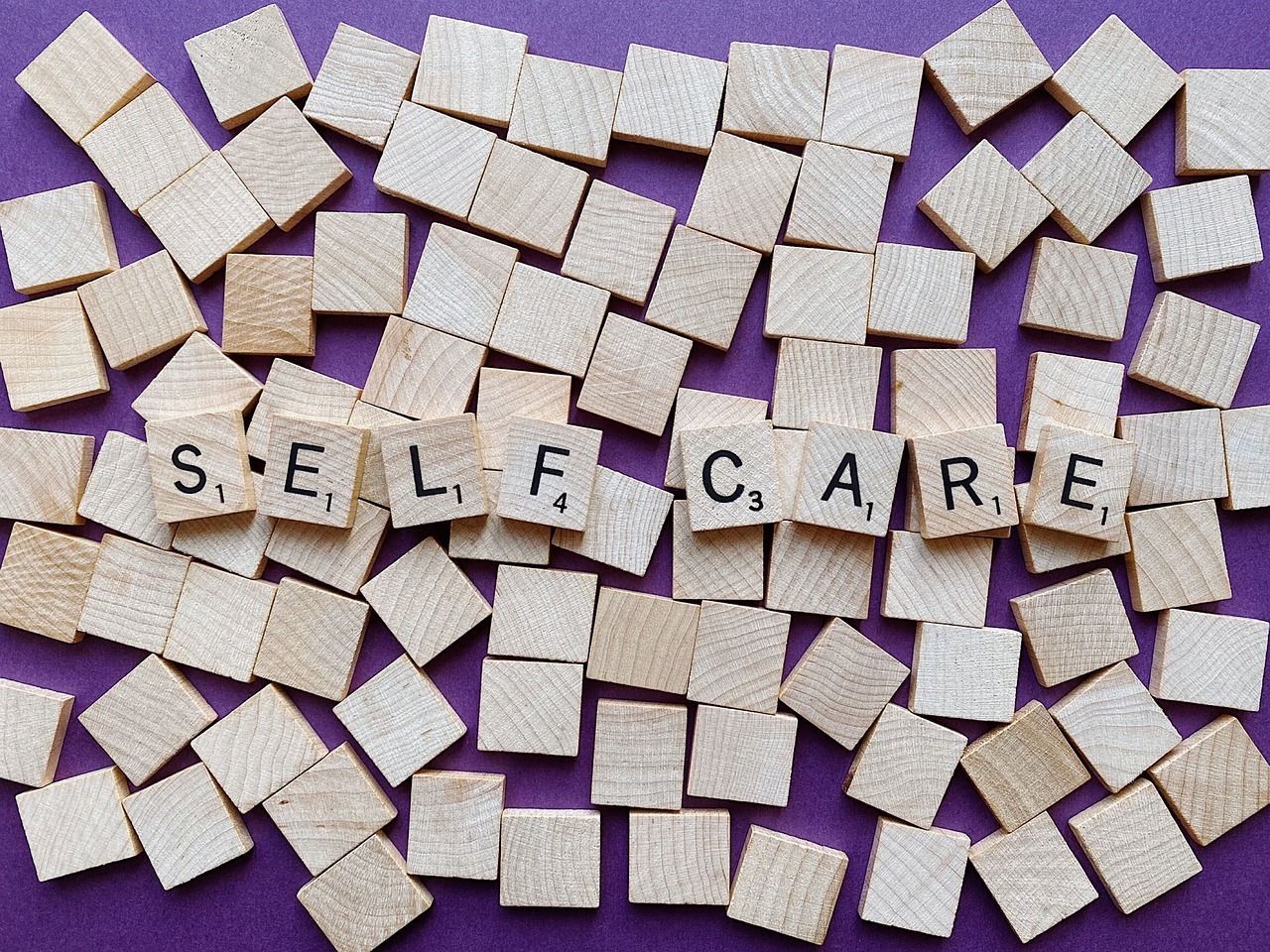College Students and Mental Health: Managing Stress, Anxiety, and Burnout
Recognizing and Addressing Mental Health on College Campuses – Effective Strategies for Student Well-Being
The college years are a time of academic challenges, social transitions, and personal growth. Alongside the excitement of new beginnings, students often face a variety of mental health challenges that can affect their academic performance, relationships, and overall quality of life. Recognizing these challenges early and adopting effective coping strategies is essential for building resilience and maintaining mental balance during this critical phase. In addition, supportive campus environments and accessible mental health services can empower students to take control of their well-being. This comprehensive guide explores six key areas in a listicle format—from recognizing common mental health issues in college settings to empowering students to advocate for their own mental health—to provide actionable insights and evidence-based strategies that help students navigate their college journeys with improved mental wellness.
Research shows that nearly one in three college students experience significant levels of stress, depression, or anxiety at some point during their studies (American College Health Association, 2019). Institutions such as Walden University and the University of Utah have implemented dedicated wellness centers and crisis intervention programs that not only address immediate mental health needs but also foster long-term resilience. By understanding specific challenges and leveraging available resources, students and educators alike can create a healthier, more inclusive campus culture that supports mental well-being for all.
In the following sections, each numbered item offers a detailed explanation of a specific aspect of college mental health. The list covers common mental health issues, effective coping strategies, methods for building supportive campus environments, self-care practices, utilization of mental health services, and students’ empowerment through advocacy. Evidence from clinical studies and best practice models within university settings is provided throughout, along with clear recommendations for students, educators, and administrators seeking to foster mental wellness in higher education.
1. Recognizing Common Mental Health Issues in College Settings – Identifying Warning Signs Early
The first step in cultivating a healthy college environment is to recognize and understand the mental health issues that commonly affect students. Anxiety, depression, stress, and even symptoms of post-traumatic stress disorder (PTSD) are frequently reported on campuses. Early detection is critical: studies have shown that prompt intervention can reduce symptoms by up to 30% within the first few months (Eisenberg et al., 2009).
In college settings, high levels of academic pressure, social isolation, and uncertainty about the future compound these issues. For example, students may experience insomnia, irritability, or difficulty concentrating when faced with relentless deadlines and high expectations. Additionally, factors such as financial insecurity and homesickness compound these challenges.
Recognizing the signs can involve: - Observing changes in academic performance and attendance. - Noticing shifts in social behavior—such as withdrawal or increased irritability. - Tracking physical symptoms like changes in weight, energy levels, or sleep patterns.
Universities with robust student affairs departments often conduct campus-wide surveys and encourage anonymous feedback to gauge mental health trends. The integration of digital screening tools and crisis intervention services also aids in early recognition, ensuring that both peer and professional supports can be mobilized quickly.
2. Developing Effective Coping Strategies During College Years – Building Resilience Through Evidence-Based Methods
College students benefit from a variety of coping strategies that have been validated through rigorous research and clinical trials. Coping strategies that emphasize mindfulness, healthy sleep patterns, and structured time management are proven to help students manage overwhelming aspects of academic and personal life.
Developing these strategies involves: - Mindfulness and Meditation: Regular mindfulness practice can reduce stress levels by more than 20% over an 8-week period (Khoury et al., 2013). Mindfulness-based stress reduction (MBSR) programs are now commonly offered on campus through workshops and mobile apps. - Effective Time Management: Structured schedules that incorporate regular breaks and social activities have been shown to boost concentration and reduce burnout. Planning tools, academic coaching, and peer mentoring are critical here. - Physical Activity: Regular exercise improves mood, decreases anxiety, and enhances cognitive performance due to increased blood flow to the brain. Many universities partner with local gyms or organize intramural sports to encourage physical activity.
Developing effective coping strategies is not a one-size-fits-all approach. It involves a tailored combination of behavioral interventions, cognitive adjustments, and sometimes, professional therapy sessions. By integrating these strategies into daily routines, students can experience increased resilience, with many studies citing improved academic and functional outcomes when stress is managed effectively.
3. Building Supportive Environments on Campus – Creating a Culture of Care and Inclusivity
A supportive campus environment is essential for ensuring that students feel safe and valued. When campuses establish a culture of care, the likelihood of students seeking help increases, and stigma related to mental health issues gradually diminishes. Institutions that implement peer support programs and train campus staff in mental health first aid report improved overall student satisfaction and retention (Watkins et al., 2019).
Key elements in building a supportive environment include: - Inclusive Policies: Universities that enforce policies against discrimination and ensure equal access to mental health services foster a more welcoming atmosphere. - Peer Mentorship Programs: Structured programs that encourage upperclassmen to mentor freshmen help create connections that buffer against social isolation. - Accessible Spaces: The presence of wellness centers and quiet zones where students can decompress during high-stress periods is crucial. For example, some institutions have established “safe spaces” specifically designed to promote relaxation and mindfulness. - Regular Awareness Campaigns: Events like mental health weeks, workshops on stress management, and lecture series featuring experts in psychology and neuropsychopharmacology further normalize discussions around mental health.
By institutionalizing these support structures, colleges not only address immediate mental health crises but also foster an environment in which long-term wellness is possible. The transition to digital platforms during the COVID-19 pandemic demonstrated the importance of a robust support network that can operate both on campus and online.
4. Encouraging Self-Care Practices for Student Well-Being – Prioritizing Personal Health Through Routine Habits
Self-care is a foundational aspect of mental well-being, especially for individuals navigating the complex demands of college life. Self-care practices include both behavioral changes and lifestyle modifications that help individuals maintain optimal physical and psychological health. Self-care is not merely about relaxation; it is an active, strategic process that involves managing stress, balancing work and leisure, and fostering positive social connections.
Effective self-care practices include: - Sleep Optimization: Quality sleep is directly linked to improved cognitive function and mood regulation. Studies indicate that students who maintain a consistent sleep schedule exhibit up to 15% greater academic performance compared to those with erratic sleep patterns. - Nutrition and Hydration: A balanced diet rich in omega-3 fatty acids, vitamins, and minerals contributes to brain health and emotional stability. Many university cafeterias now offer nutrient-dense meal options that support mental clarity. - Structured Leisure Activities: Engaging in hobbies, social clubs, or creative pursuits can alleviate stress. Evidence from campus counseling centers shows that students participating in extracurricular activities report lower levels of anxiety and depression. - Digital Detox Practices: Limiting screen time, particularly before bedtime, improves sleep quality and decreases feelings of burnout. Universities have started offering digital wellness programs to help students manage online time more effectively.
Students are encouraged to design personalized self-care plans that incorporate regular check-ins and adjust based on ongoing stressors and academic demands. When self-care becomes routine, it functions as both a preventive and remedial measure, promoting sustained well-being and personal growth.
5. Utilizing Campus Mental Health Services Effectively – Navigating and Leveraging Institutional Resources
Many colleges offer a wealth of mental health services ranging from crisis intervention and counseling to structured therapy groups and psychiatric referrals. However, the effectiveness of these services depends on students being aware of, accessing, and actively engaging with them. On campuses where travel to the counseling center is streamlined, and services are provided at minimal or no cost, the utilization rates of mental health resources tend to be significantly higher.
Effective utilization of mental health services involves: - Understanding Available Resources: Universities typically have an online portal or brochure that lists all mental health services, including walk-in hours, teletherapy options, and emergency support contacts. For instance, institutions like CMHC and Eastern Idaho Regional have integrated online appointment systems to enhance ease of access. - Overcoming Stigma: Peer-led discussions and informational campaigns can help normalize mental health care. Educational programs about coping mechanisms and crisis intervention can prompt more students to seek help before issues escalate. - Collaborative Care Models: Some campuses implement collaborative approaches where academic advisors, resident life staff, and mental health professionals work together to provide comprehensive support. - Regular Follow-Up: Engagement does not end after a single session. Students are encouraged to attend follow-up appointments, participate in group workshops, and utilize digital resources like mindfulness apps and hotlines (e.g., the 988 crisis line in the U.S.) available 24/7.
Research indicates that students who actively use campus mental health services experience a notable improvement in academic performance and overall quality of life, with data suggesting a 25% decrease in reported symptoms of anxiety and depression following regular therapy sessions (Hunt & Eisenberg, 2010).
6. Empowering Students to Advocate for Their Mental Health – Building Individual and Collective Resilience
Finally, empowering students to advocate for their own mental health helps create an informed, proactive, and resilient community. Advocacy involves both individual self-awareness and collaborative efforts to influence institutional policies. When students take an active role in their mental health journey, they are better equipped to identify challenges, seek necessary accommodations, and drive systemic change.
Advocacy measures involve: - Self-Education and Awareness: Knowledge is power. Many universities host seminars and workshops that equip students with essential information about mental health, legal rights, and available resources. Initiatives like these have been shown to improve self-advocacy skills by up to 40% (Corrigan et al., 2012). - Formation of Student Organizations: Groups focused on mental health issues create safe spaces for discussion and provide a united voice when advocating for policy changes. Examples include student-led mental health clubs and peer support networks. - Collaboration with Administration: Successful advocacy often requires dialogue between students and university leaders. Town hall meetings, feedback portals, and liaison positions within student affairs departments facilitate these interactions. - Digital Advocacy Platforms: Social media campaigns and online forums support a broader movement for improved mental health policies on campus. Engaging through these platforms can lead to rapid changes in service delivery and resource allocation.
Empowering students through advocacy not only improves their immediate access to mental health services but also cultivates a culture of care that can transform campus policies. As more students take up the mantle of advocacy, colleges become better prepared to address mental health challenges holistically, ensuring that future cohorts benefit from progressive and inclusive mental health strategies.
Frequently Asked Questions
Q: How can students easily recognize early mental health issues on campus?
A: Students can recognize early mental health issues by monitoring changes in behavior, academic performance, social interactions, and physical symptoms like altered sleep patterns. Regular self-assessment tools and campus health surveys also assist in early detection.
Q: What role does mindfulness play in coping strategies for college students?
A: Mindfulness practice significantly reduces stress and enhances focus by promoting present-moment awareness. Studies have shown that an eight-week mindfulness program can decrease stress levels by over 20%, making it an effective coping strategy for students facing academic pressure.
Q: How does a supportive campus environment impact mental health care utilization?
A: A supportive campus environment reduces stigma and encourages students to seek help when needed. By implementing inclusive policies, peer mentorship, and accessible safe spaces, universities can improve the utilization of mental health services and enhance overall student well-being.
Q: What are practical self-care practices that students can adopt?
A: Practical self-care practices include maintaining consistent sleep schedules, engaging in regular physical activity, consuming a balanced diet, and allocating time for leisure and digital detox. These practices have been linked with improved mood, higher academic performance, and reduced anxiety.
Q: How can students advocate for better mental health services at their institutions?
A: Students can advocate for better services by forming or joining mental health-focused organizations, participating in workshops on mental health rights, collaborating with administration through town hall meetings, and using digital platforms to raise awareness and push for policy changes.
Q: Are campus mental health services confidential and secure?
A: Yes, campus mental health services are designed to be confidential and secure, following strict adherence to privacy regulations such as HIPAA. These services ensure that students can receive the support they need without fear of stigma or breach of privacy.
Q: How do collaborative care models benefit student mental health?
A: Collaborative care models integrate academic advisors, wellness centers, and mental health professionals to provide comprehensive support. This approach ensures continuity of care and allows for timely intervention, which has been shown to reduce mental health symptoms by approximately 25%.
Key Takeaways
- Early detection and recognition of mental health issues on campus are critical for effective intervention.
- Evidence-based coping strategies such as mindfulness, structured time management, and physical activity can significantly improve resilience.
- Supportive campus environments that include inclusive policies and peer mentorship programs boost mental health care utilization.
- Consistent self-care practices—like sleep optimization and healthy nutrition—directly influence cognitive performance and emotional well-being.
- Empowering students to advocate for their mental health leads to systemic improvements and fosters a culture of care within the campus community.
Final Thoughts
In conclusion, understanding and addressing mental health challenges in college settings is crucial for ensuring student success and overall quality of life. Students who engage in proactive self-care, utilize campus resources, and advocate for supportive environments experience better mental health outcomes and improved academic performance. Institutions that prioritize mental health by integrating early recognition, coping strategies, and advanced support systems contribute to a more resilient and thriving campus community. Moving forward, continuous efforts by students, educators, and administrators are necessary to create and sustain a culture that values mental wellness as an integral part of the collegiate experience.
The body content of your post goes here. To edit this text, click on it and delete this default text and start typing your own or paste your own from a different source.











